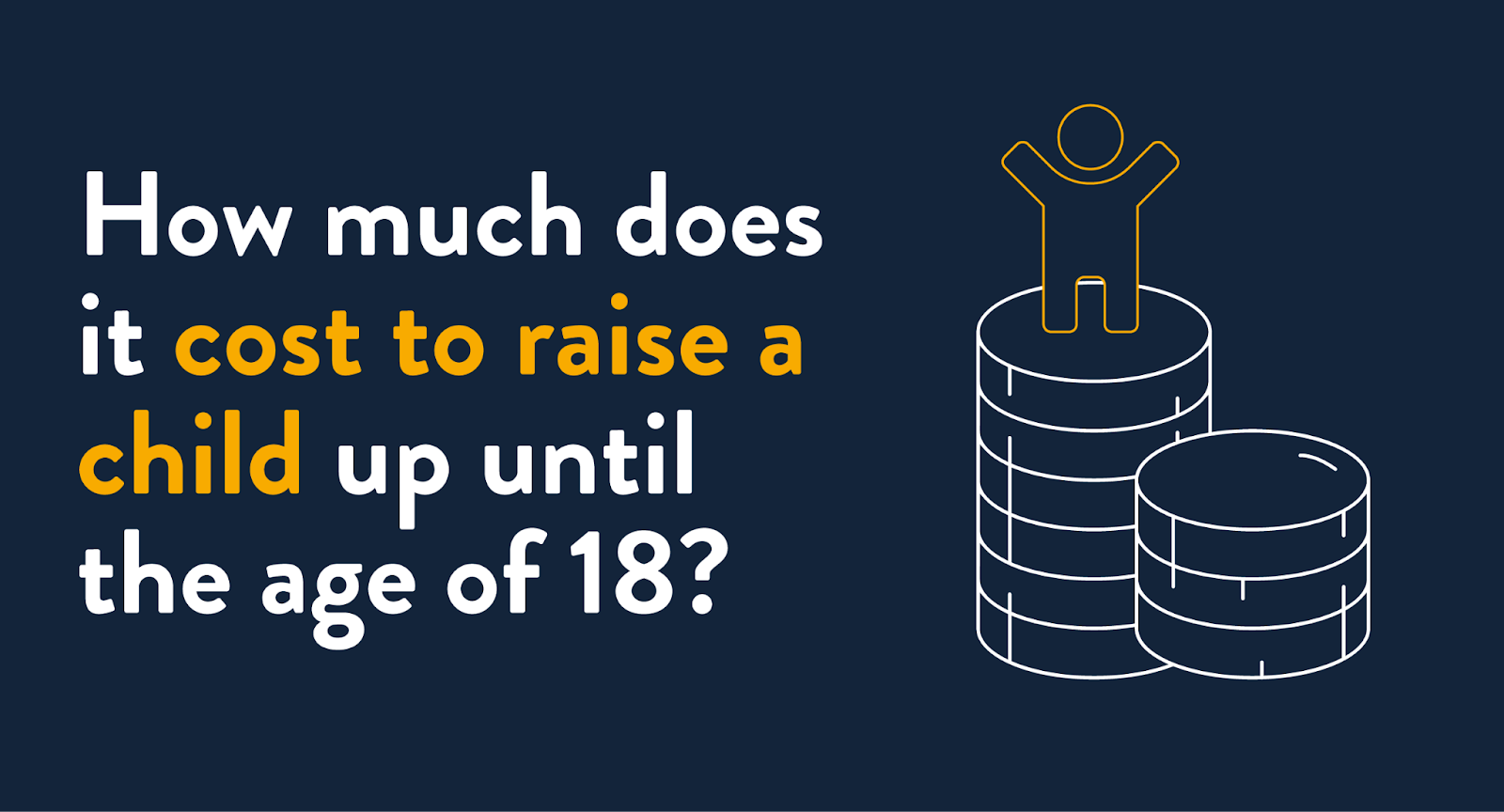
The First Home Scheme is a government initiative designed to help first-time buyers purchase a home. The scheme aims to make homeownership more affordable by offering homes at a discount, typically around 30% to 50% off the market price. By lowering the entry cost, the scheme helps more people get onto the property ladder.
If you’re a first-time buyer, you might be a bit confused about how exactly the scheme works. To help you out, we’ve put together this guide explaining what it is and how it could benefit you.
What is the First Home Scheme?
The purpose of the First Home Scheme is to help first-time buyers afford their own homes by offering properties at a significant discount. These discounts, which usually range from 30% to 50% off the market price, make homeownership much more accessible.
Local councils are in charge of specifying the regulations and details of the scheme, making sure it meets regional housing needs.
Who is eligible?
There are a few different factors that determine who is eligible for the First Home Scheme. This is to make sure it benefits those who are most in need of affordable housing. Typically, applicants must be first-time buyers with a household income below a certain threshold, often set at £80,000 per year (or £90,000 in London).
There are property price caps in place, too. The maximum price of a home under the scheme is usually around £250,000 outside of London and £420,000 within London, after the discount is applied. Applicants also need to meet other requirements, such as proving they have a mortgage that will cover at least 50% of the property price.
Local councils have the authority to set additional criteria based on regional needs, such as prioritising key workers or people who already live in the area. That’s why it’s important to educate yourself on the specific guidelines for the area you’re interested in. By doing so, you can be sure you meet all the necessary criteria before applying.
Why should I apply?
The First Home Scheme offers many benefits that make it easier for first-time buyers to get on the property ladder.
One of the biggest advantages is the significant discount on property prices, which can reduce the financial burden and make owning a home more affordable. On top of that, the scheme often includes financial incentives, such as lower deposit requirements, making it easier to secure a mortgage.
For first-time buyers, the scheme provides a more accessible path to homeownership that might otherwise be out of reach. By reducing the initial costs, the First Home Scheme helps you to save money for a house, turning the dream of owning a home into a reality.
How the First Home Scheme works
It’s important for prospective buyers to understand how the First Home Scheme works before starting the process.
This will usually begin with checking your eligibility, including income thresholds and local council criteria. Once eligible, you can search for properties available under the scheme, which may be new builds specifically marked as First Homes.
After finding a property you like, you can apply for a mortgage that will need to cover at least 50% of the property’s purchase price. The scheme may offer financial assistance such as shared equity arrangements or government-backed loans to ease the financial burden.
In shared equity arrangements, the government or housing association owns a portion of the property, reducing the amount you need to borrow. Government-backed loans can also provide good terms and lower interest rates, making the mortgage more manageable.
The final steps include securing the mortgage, completing the legal paperwork, and finalising the purchase. Throughout the process, local councils and participating developers may provide additional support and guidance, so that there’s a smooth transition to homeownership.
Property search and purchase
To find an eligible property, you’ll need to look for homes in your area that are advertised through the First Home Scheme. These will usually be new-build homes designed to meet the scheme’s criteria, or properties that have been bought through the scheme before.
Developers and estate agents should state when homes are available through the scheme. When you find a property you’re interested in, you’ll need to contact the developer or estate agent directly to tell them you’d like to buy the property through the First Home Scheme.
This is a fairly straightforward process. Make sure to clearly state your interest in the First Home Scheme when making inquiries or viewing eligible properties. Estate agents and developers can then guide you through the process, making sure you meet all requirements and complete the necessary paperwork.
The application process
You should have a good understanding of how to apply for the First Home Scheme before starting your application. You can find detailed information on the scheme through the official government website or local council portals.
Once you have selected an eligible property, you can submit your application through the estate agent or developer managing the sale. They will check you are eligible for the scheme and help you complete the application, then submit it to the local council on your behalf. If you’re looking to buy a new-build property, you may need to pay a reservation fee at this stage – but don’t worry, you’ll get the fee back in full if your application isn’t successful.
The developer or estate agent will advise you on the exact documents you need, but these typically include proof of identity, income statements, and any relevant paperwork related to your deposit or mortgage.
You’ll also need to find a conveyancer, a legal professional who specialises in property transactions. You can find one through the Law Society website or the Council for Licensed Conveyancers website.
If your application is successful, you’ll then need to apply for a mortgage. You can apply for a regular mortgage to finance your purchase, or explore options like using funds from a Lifetime ISA or a Help to Buy ISA.
Before you apply: considerations and challenges
Before applying for the First Home Scheme, there are several considerations and challenges you need to be aware of.
One major challenge you may face is finding eligible properties. Availability can vary by region and may be more limited in high-demand areas.
You may also encounter affordability issues, despite the discounts offered. This can particularly be a problem in more expensive regions where property prices remain high even after the discount.
It’s very important to make an informed decision by thoroughly researching the scheme and considering your financial situation. Be sure you have sufficient savings to cover not only the deposit but also any unexpected costs that may come up during the purchasing process. Having an ISA or other savings account could provide a financial cushion and help you manage these additional expenses.
By understanding the potential challenges and doing your research, you can increase your chances of a successful home purchase through the First Home Scheme. Summary
The First Home Scheme is a valuable initiative for first-time buyers looking to make homeownership more affordable. By offering significant discounts and financial assistance, the scheme lowers the entry cost and provides a clear path to owning a home.
It’s really important that you understand the eligibility criteria, application process, and potential challenges to navigate the scheme successfully.
If you’re interested in the First Home Scheme, we encourage you to explore it further and consider your options. For more insights and helpful resources, you can visit the Shepherds Friendly blog.


